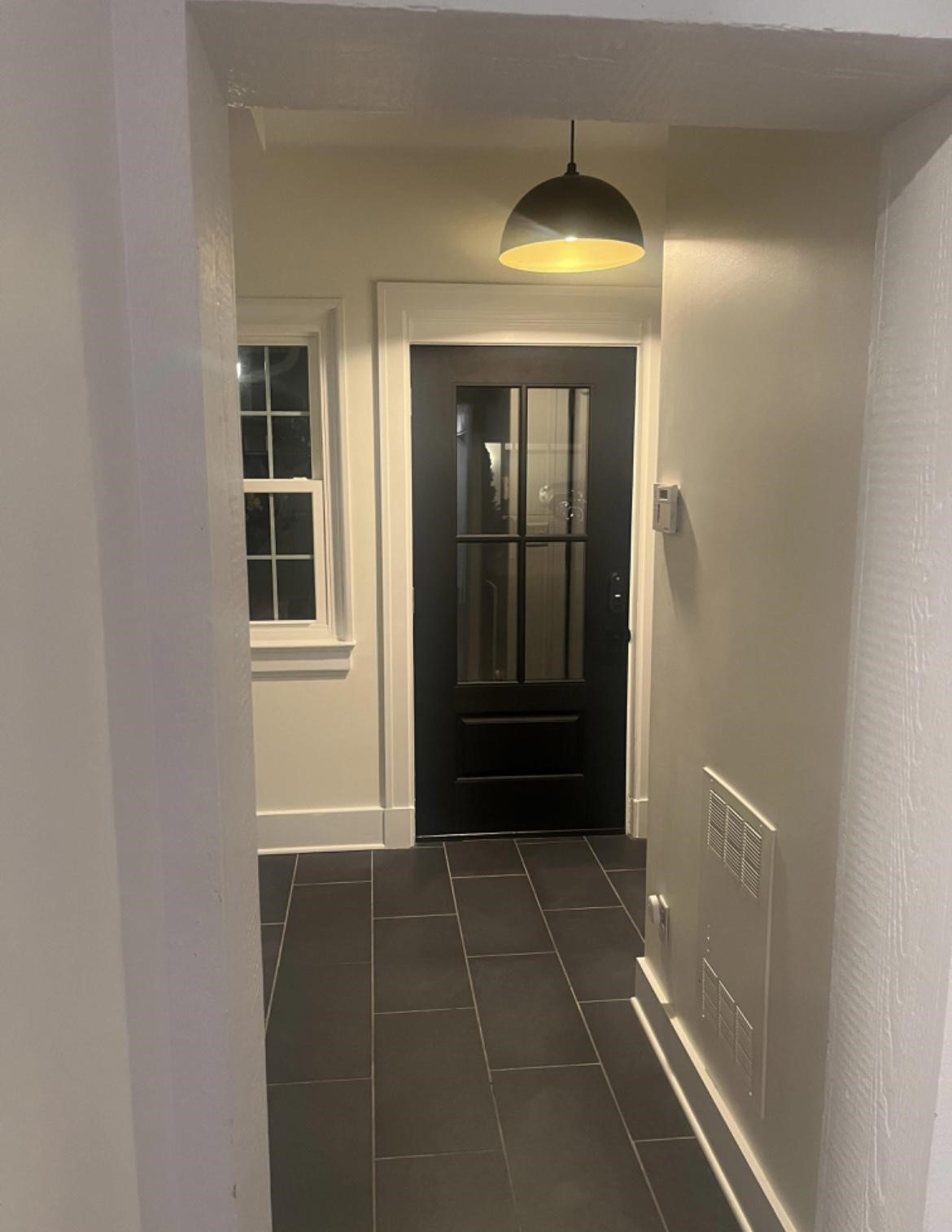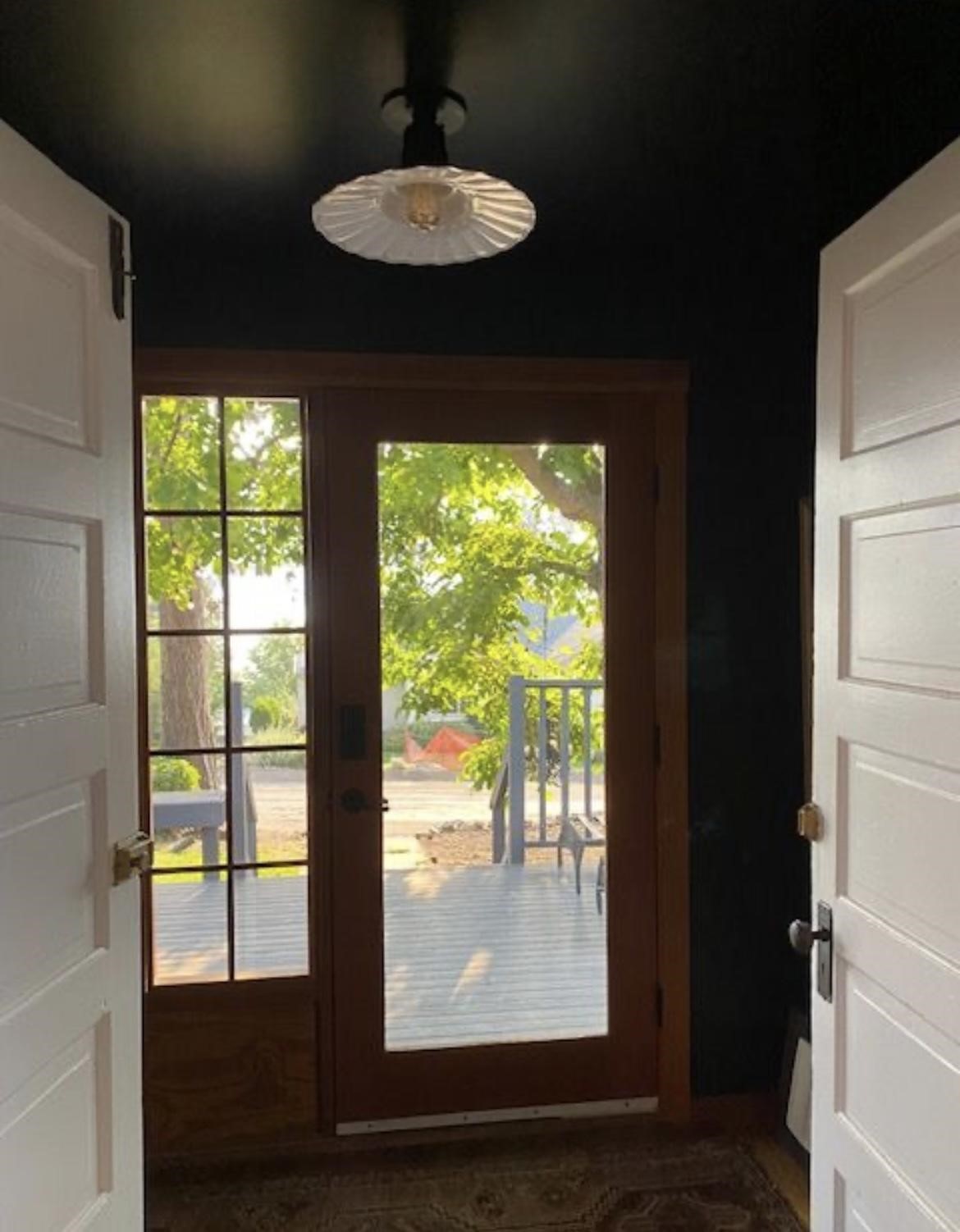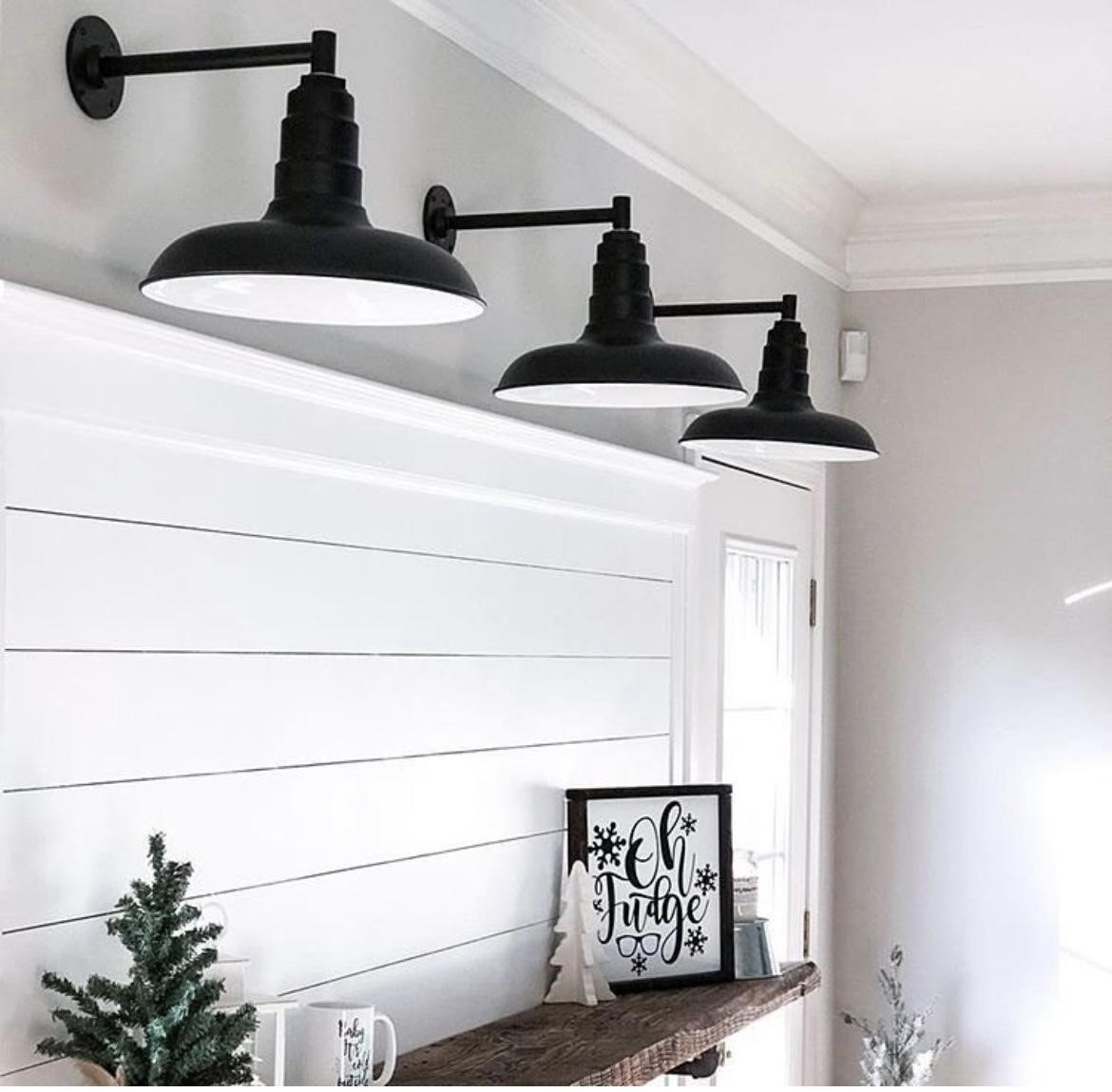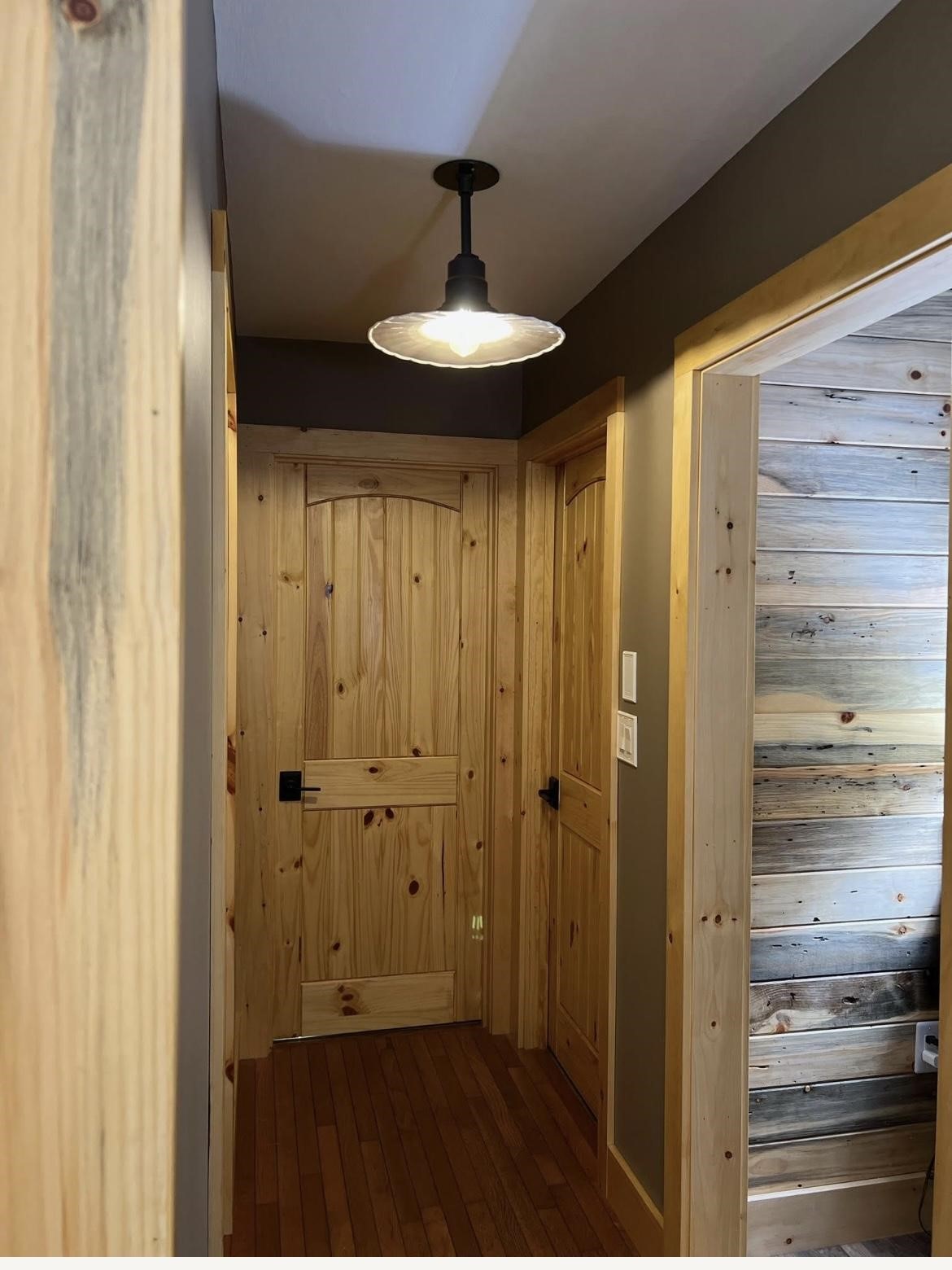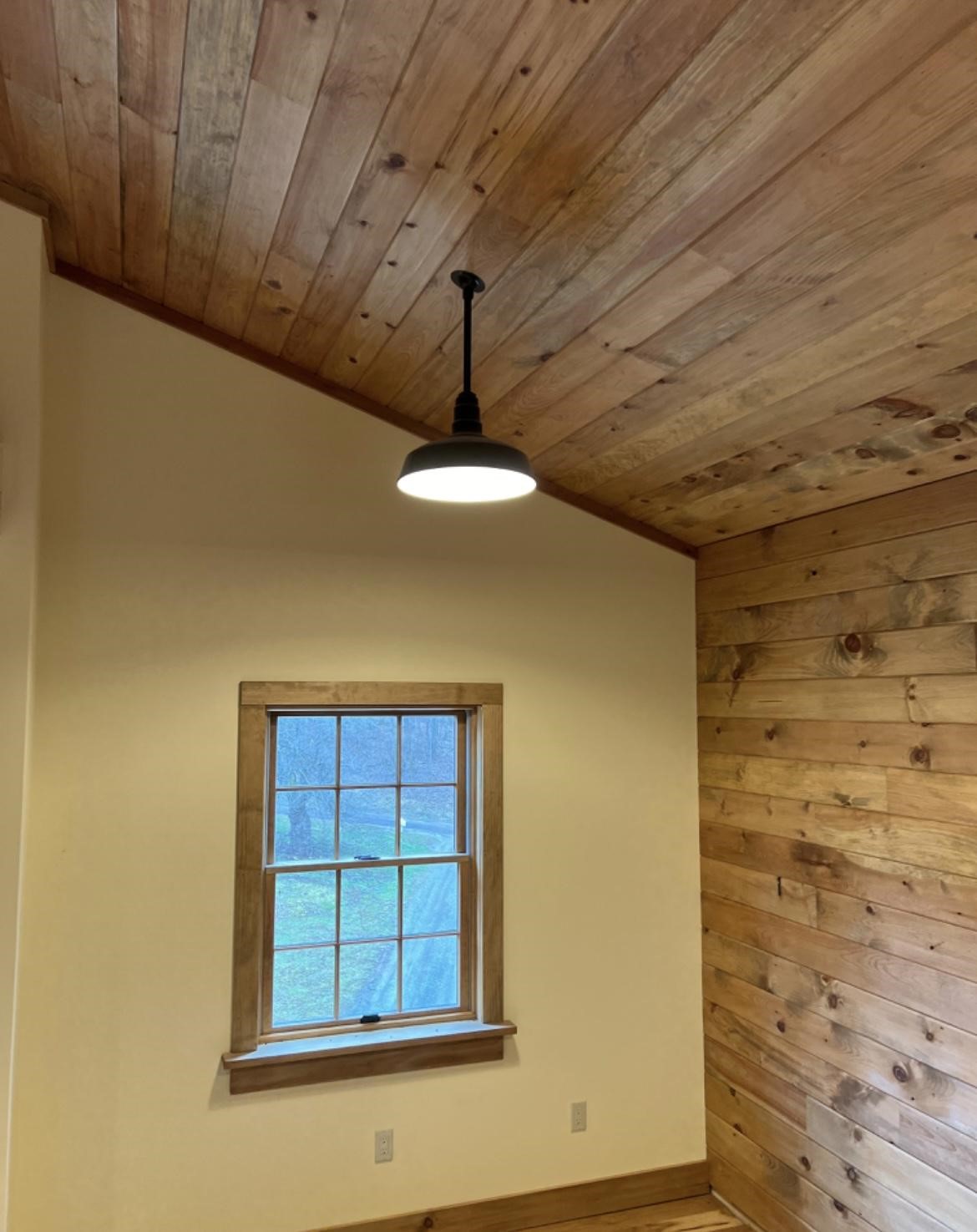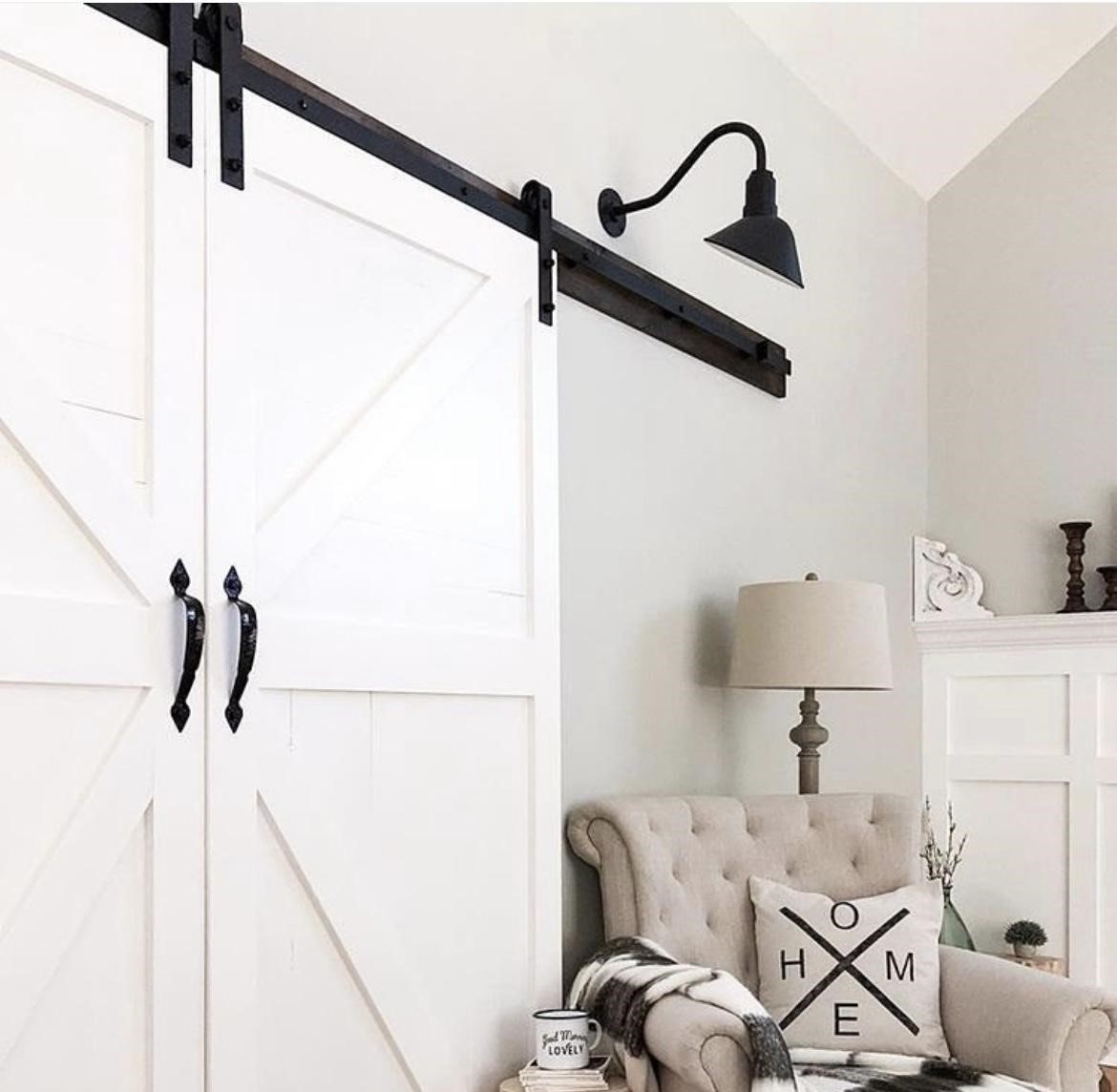Your cart is currently empty!
We’ve all been there — standing in a dimly lit hallway, wondering why our new light fixture doesn’t quite look right or provide enough illumination. As a customer-centric business that has helped clients choose and install perfectly aligned hallway light fixtures, our team has seen pretty much every mistake in the book.
I’m sharing these insights because hallways are often overlooked when it comes to home lighting, yet they’re spaces we use multiple times daily. Let’s walk through some common pitfalls I’ve personally encountered and how to avoid them.
1. Choosing fixtures that are too small
One mistake I see repeatedly is underestimating the size needed for hallway light fixtures. A fixture that looks substantial in the showroom might appear tiny when installed in your space.
A good rule of thumb I’ve found helpful: measure your hallway width in feet, then convert to inches for your fixture’s diameter. For example, a 4-foot wide hallway would work well with a 12-16 inch fixture.
If you make the mistake of choosing a pendant that’s too small for your entryway hallway, it will get lost in the space, and the lighting will be grossly insufficient. So consider an appropriately sized hallway light fixture that will fill your space and provide adequate illumination like the Beverly beautifully does for the space above.
2. Ignoring ceiling height
Ceiling height dramatically affects how hallway light fixtures look and function. I’ve visited homes where pendants hang so low you might bump your head or so high they barely cast any usable light.
For hallways with standard 8-foot ceilings, flush or semi-flush mounts work best. If you have higher ceilings (9+ feet), that’s when pendants or chandeliers become practical options. An hallway light fixture like our Eagle Rock flush Mount is a step in the right direction.
3. Neglecting proper spacing
Improper spacing between fixtures is probably the most common mistake I see. Too far apart, and you create pools of light with dark spots between; too close, and it looks cluttered.
For hallways longer than 10 feet, you’ll typically need multiple fixtures. I recommend spacing them about 6-8 feet apart, depending on their brightness and beam spread. Check out these Topanga Wall Mounted lights as a reference point.
One trick I’ve used in my own home: walk through your hallway in the evening with a flashlight at different heights to visualize where light would be most useful before installing anything.
4. Forgetting about the style of your home
A common misstep is choosing hallway light fixtures that clash with your home’s existing style. That sleek, modern fixture might look fantastic in a catalog but feel completely out of place in your craftsman-style home.
I find it helpful to choose fixtures that complement the architectural elements you already have. If you have other steel elements in your home, fixtures like The Eagle Rock blend vintage and modern styles that work in numerous settings.
5. Installing at the wrong height
When pendants in taller hallways, height matters significantly. Too low and tall family members might need to duck; too high, and you lose the visual impact and proper illumination.
For hallways with high or sloped ceilings, we typically recommend hanging pendants about 7 feet from the floor. This height works well for most homes while maintaining proper clearance.
The customizable stem on fixtures like The Carson makes it easy to get the perfect height for your specific space — something I wish I’d known before my first installation attempt!
6. Overlooking dimmer switches
This is a small detail that makes a huge difference. Hallways serve multiple purposes — from a pass-through during busy mornings to a subtle background space during evening gatherings.
Adding dimmers to hallway light fixtures is “game-changingly remarkable.” Being able to adjust the brightness based on the time of day or activity can make your space more functional and comfortable.
7. Neglecting to consider traffic patterns
The foot traffic in house A is not the same as the foot traffic in House B! That’s a major detail to consider when installing hallway light fixtures. In high-traffic hallways connecting busy areas of your home, wall sconces might be more practical than hanging fixtures.
For hallways that connect to frequently used rooms, something like The Venice can be mounted to the wall to provide directed light without taking up valuable clearance space.
8. Not Prioritizing light temperature
Light color temperature significantly affects how your hallway feels. I’ve seen well-designed spaces that feel cold and unwelcoming just because the lighting is too blue-white.
For most hallways, I suggest bulbs in the warm white range (2700-3000K). This creates a welcoming, cozy feel that works well as a transition between rooms.
9. Skipping professional help with wiring
Unless you have experience with electrical work, trying to install new fixtures yourself can lead to safety hazards and code violations. I learned this the hard way when I attempted to replace a fixture in my first home.
The money saved by hiring a professional electrician is well worth it — they ensure everything is safely installed and up to code.
10. Overlooking maintenance needs
Pause and think about how you’ll change bulbs or clean your fixtures before installation. High ceilings with pendant lights might look stunning, but consider how you’ll maintain them over time.
I recommend keeping a small stepladder nearby for hallways with taller ceilings or choosing fixtures that are easier to maintain if ladder work isn’t practical for you.
A well-lit path forward
Hallway lighting might seem straightforward, but these common mistakes can impact both the functionality and style of your home. By avoiding these pitfalls, you’ll create a well-lit, inviting space that enhances your daily life.
When choosing hallway light fixtures, keep these tips and tricks in mind for a seamless and stress-free execution. We’ve made these mistakes, so you won’t need to make them too.!
What lighting challenges have you faced in your hallways? I’d love to hear about your experiences and solutions in the comments below.
